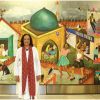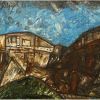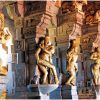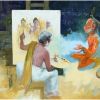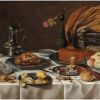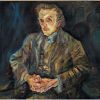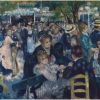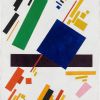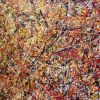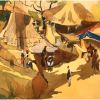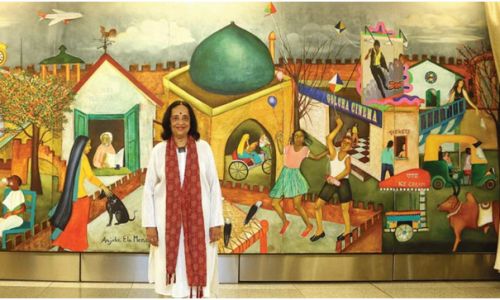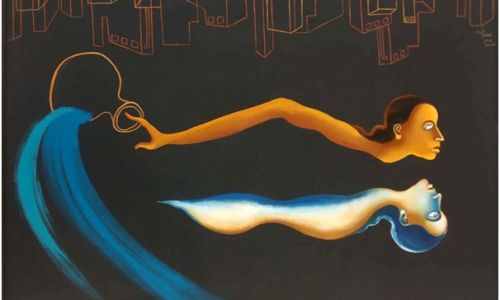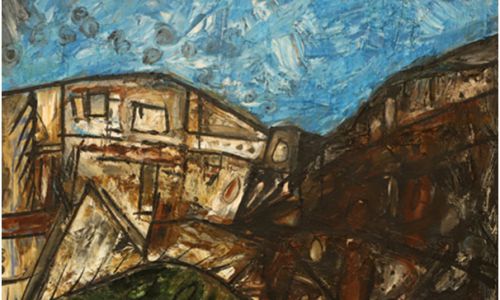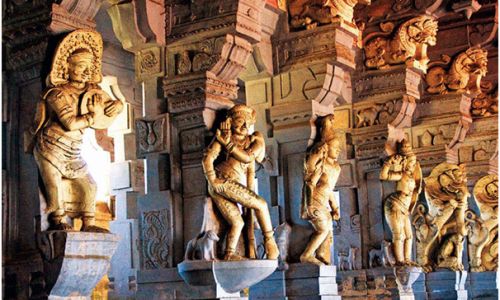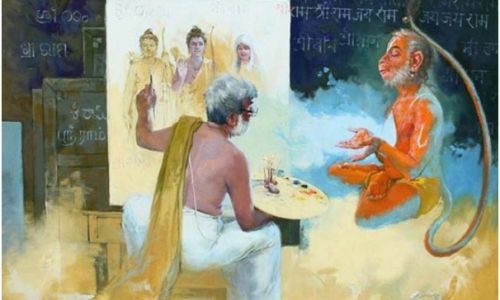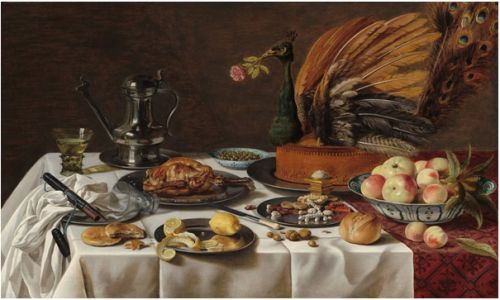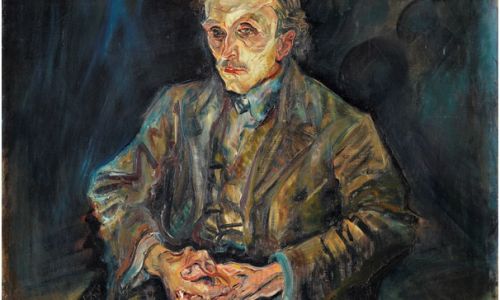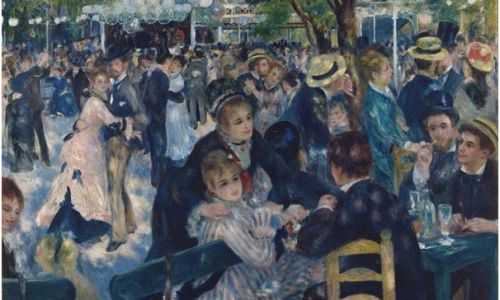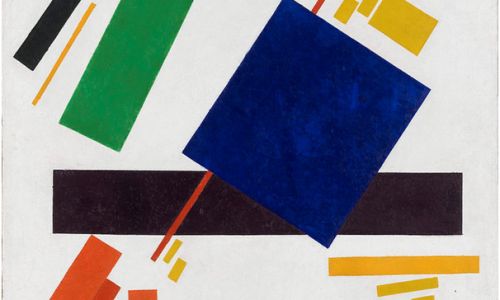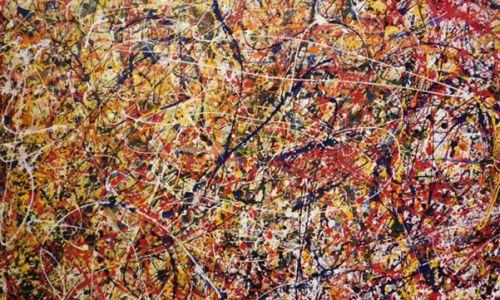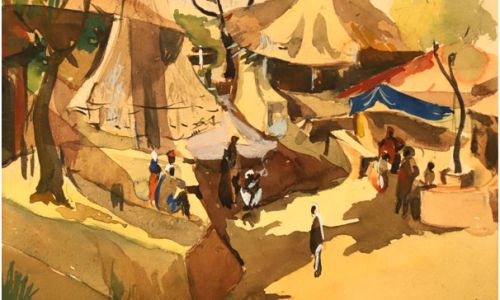Sex, Nudity and Women: Exploring F. N. Souza’s perspective
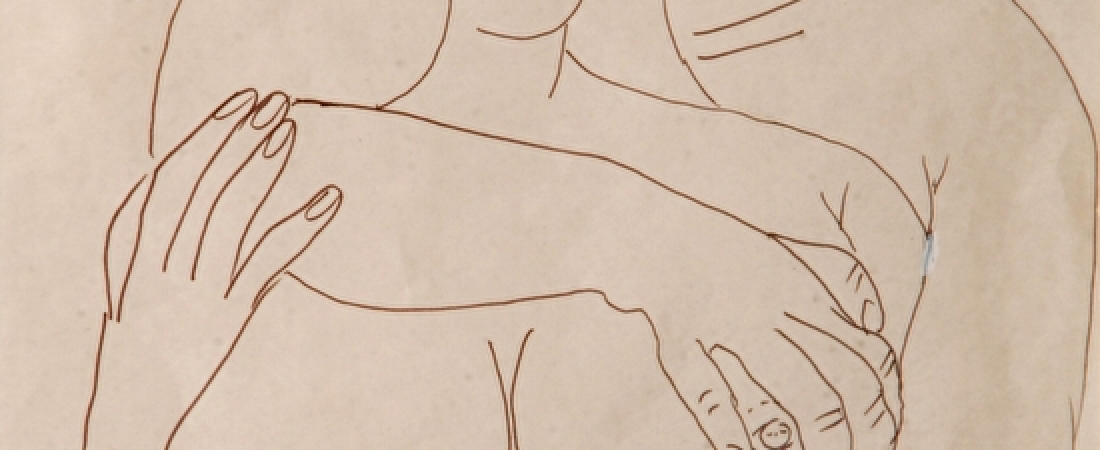
Sex, Nudity and Women: Exploring F. N. Souza’s perspective
"Society must adapt to the artist!"
~F.N. Souza
Right from mythological tales that inspired Hussain, the cultural landscape of India has played an important role in inspiring various artists’ work throughout the ages. Indian modernists have sought influence from different schools of art and created masterpieces in the process. Francis Newton Souza was an artist who got little fame in his lifetime and gained more appreciation posthumously.
About the Artist
Francis Newton Souza was off to a humble start when he was born in Goa on April 12, 1924 to catholic parents. Encountering small pox at an early age, the master artist went through many experiences that played a role in shaping his art as well as ideology behind it. Being a rebel at heart, the artist had to face many hardships in the beginning. After being thrown out of institutions like St. Xavier’s College for obscenity and Sir J.J. School of art in Bombay because of association with the Quit India movement, the artist went on to become the founding member of the Progressive Artists' Group in 1947 alongside S. H. Raza, M. F. Husain and K. H. Ara, among others.
Untitled (self-portrait) by F.N. Souza. 1987. Image source: Artnet
Spending a large part of his youth in Mumbai, Souza found appreciation in Europe where he was named one of the best painters in 1964. F. N, Souza’s themes found widespread recognition and he became the Indian artist to have a room dedicated to his works in London’s Tate Modern. Souza lived a life that challenged the conventional societal norms prevalent in his times and that got exhibited in his work. Influenced by various schools of art, Souza explored the ideas of religion, sex, nudity and women as themes and often took inspiration from his personal experiences. The graphic depiction of nudity, women and sexual tension in
Souza’s works which were presented in distorted forms led him to become a critically acclaimed artist. F. N. Souza also ventured into writing and wrote an essay, ‘Nirvana of a Maggot’ in 1955 where he used the term ‘maggot’ as euphemism for himself and traced his journey; this essay garnered attention in the American circles.
Sex, Nudity and Women in the work of the Master
Themes in Souza’s paintings ranged from landscapes to still life and went on to cover nudes and icons of Christianity. Being an iconoclast, Souza challenged the existing conventions and the hypocrisy of the Church by depicting distorted versions and celebrating the destruction of form. Fueled by ideas of celebrating the destructive, Souza unflinchingly interacted with themes of religion and sexuality. Like many other modernists, he was also influenced by Indian art. Souza’s uniqueness came from influences of various schools of art combined together; the renaissance paintings, European landscapes, Art brut movement, expressionism, cubism as well as traditional Indian folk art played a major role in inspiring the artist’s work.
The nude body has existed in India’s cultural landscape since times immemorial. From sculptural depictions at Khajuraho and Konark to frescos at Ajanta, the eroticized body of a voluptuous woman has always been an indicative factor of Indian sculptural art. This found some illustration in Souza’s work where he projected womanhood by increasing the size of body parts, thus, making them focal.
In a certain way, Souza never failed to critique the traditional cultural norms of Indian society. Nudes painted by him often exhibited unfettered sexuality with the gaze directed at the viewer of the painting. This direct approach was Souza’s attempt at social commentary wherein the painting transformed into a representation of sexual power and at the very same time, signified the banality of everyday life.
Apart from highly sexualized and thought-provoking nudes, the artist was also interested in exhibiting the conflicts in a man-woman relationship. The realistic style of depiction characterized by boldness and deliberate distortion speaks about Souza’s existence as a rebel and non-conformist. The works of the modernist were often autobiographical and ahead of the times they were produced in.
Untitled (lovers) by F.N. Souza. Image source: Huffpost
Another important influence in the works of Indian modernists is Dadaism. Like other international movements, it can be seen having a major impact in the modern Indian painting scene with symbols of Dadaism subtly finding representation. This particularly impacted Souza’s works who prided himself in being a non-conformist.
Dada artists were against pre-decided norms of aesthetic representation. Souza also challenged the same orthodoxy via his paintings. Taking inspiration from erotic Indian sculptural art, Souza’s enlargement of genitals and body parts in his paintings changed the highly eroticized aesthetic image of a woman’s body to a disturbing one. The stark nudity in Souza’s paintings attempts to demolish the prevailing trends in historical paintings depicting the fragile, elegant woman.
Female Nude by F.N. Souza. Image source: tfod.in
Souza’s notable work includes a painting titled "Miss Universe 1999 A. D.". Made in 1958, the painting directly attempts to directly challenge the perception of Europeanized beauty promoted by beauty pageants. The painting instead, stands for war and depicts a grey woman, contradicting the title in more ways than one. Through these distortions, Souza not only celebrated the raw sexuality of Indian women which were suppressed in Indian paintings but also lay bare and questioned the moral construction of Indian historical paintings which adhered to norms of traditional beauty and suppressed sexuality. The contorted figures of the women took shape as the artist indulged in brush strokes strongly scratching and cross-hatching lines.
His other experimental works include the ‘chemical alterations’ series which are highly erotic in nature and follow a particular process. The man-woman portraits belong to some of his experimental work. Women in his nudes don’t hide or stoop, instead, they express a certain
comfort in their sexuality, often looking straight towards the onlooker. This eye contact sometimes causes discomfort but is often a valiant display of power. This completely falls in line with Souza’s approach in general where aggressiveness and rebellion helped in building his art and provoking thoughts via meaning in his paintings.
Apart from these themes, Souza also explored folk symbols in his canvases and negated the traditional context of folk art. The vicious women, extreme nudity, complex themes and challenging the orthodoxy marks the celebrated artists work throughout his lifespan.
Francis Newton Souza settled in New York during the last years of his life. He shaped his art based on rebellion and challenge to Christianity and norms of traditional society but also embodied the spirit of Hindu philosophy; Souza is a celebrated name in art circles even today.
Miss Universe 1999 A.D. by F.N. Souza, 1958. Image source: Internet sources

